From October 18 to November 30, 2024, Galleria Bottegantica in Milan presents the exhibition Divisionisms. Another Modernity, to offer a new perspective on the Divisionist movement, exploring its evolution and artistic implications from the 1890s to the 1920s.
Alongside works by the masters and main theorists of the Divisionist technique-including Gaetano Previati, Angelo Morbelli, Emilio Longoni, Vittore Grubicy de Dragon, Giovanni Segantini, and Pellizza da Volpedo-the exhibition displays masterpieces by the latter such as Le Caravelle (circa 1908), Fiumelatte (1897), The Last Effort of the Day (1892), and Sunset on the Hills of Volpedo (1903-1904). In addition, there will be works by artists who further developed Divisionist research, exploring its aesthetic and conceptual complexity at the beginning of the new century. These include the first signatories of the Futurist Manifesto, which was based precisely on pointillism in the sense of congenital complementarianism. Artists such as Umberto Boccioni, Giacomo Balla, Luigi Russolo, and Carlo Carrà are represented with major works such as My Mother (1907) and Portrait of Bice Morselli (1910). The exhibition also includes other important Divisionist artists of national importance, such as Carlo Fornara, Benvenuto Benvenuti, Cesare Maggi, Emilio Longoni, Plinio Nomellini and Sexto Canegallo, offering a broad and articulate perspective of the movement.
Emerging in the 1880s, pointillism initially faced resistance from critics, with figures such as Diego Angeli and Ugo Ojetti predicting its end as early as the beginning of the new century. These critics saw pointillism as an excess of scientific and technical dogmatism. However, many artists succeeded in transforming this technique into a means of exploring the expressive potential of painting.
The exhibition aims to investigate the varied landscape of pointillism in the first two decades of the 20th century, overcoming the common view, present in studies and exhibitions, that tends to limit the movement’s best achievements to its early years. As the new century approached, both established masters and new generations of artists were no longer assiduously confronted with the theoretical and practical problems of color division. Divisionist technique was now a given, allowing artists to approach it with a renewed sense of indiscipline that was fundamental to the movement’s evolution.
As early as the 1890s, artists engaged in research on divided color had developed individual styles, paving the way for an interpretation of the underlying theoretical and scientific principle that went far beyond technique to explore pictorial possibilities in terms of expression and evocative power.
At this stage, the importance of unprecedented experimentation around the value of the pictorial sign emerges. Dotted and dusty, linear, notched drafts are developed, entrusted to a ductus now more relaxed, now characterized by a broken and nervous handwriting. Variations in the impasti, with textural highlights or polished drafts, form the essentially modernist basis of a reflection on pictorial language itself. This reflection is fundamental to the conceptual premises that led to the establishment of the avant-garde and the reinterpretation in a modern key of one of the most important pictorial experiments of the Italian 19th century.
For all info you can visit the Bottegantica website.
Hours: Tuesday through Saturday from 10 a.m. to 1 p.m. and 3 to 7 p.m. Free admission.
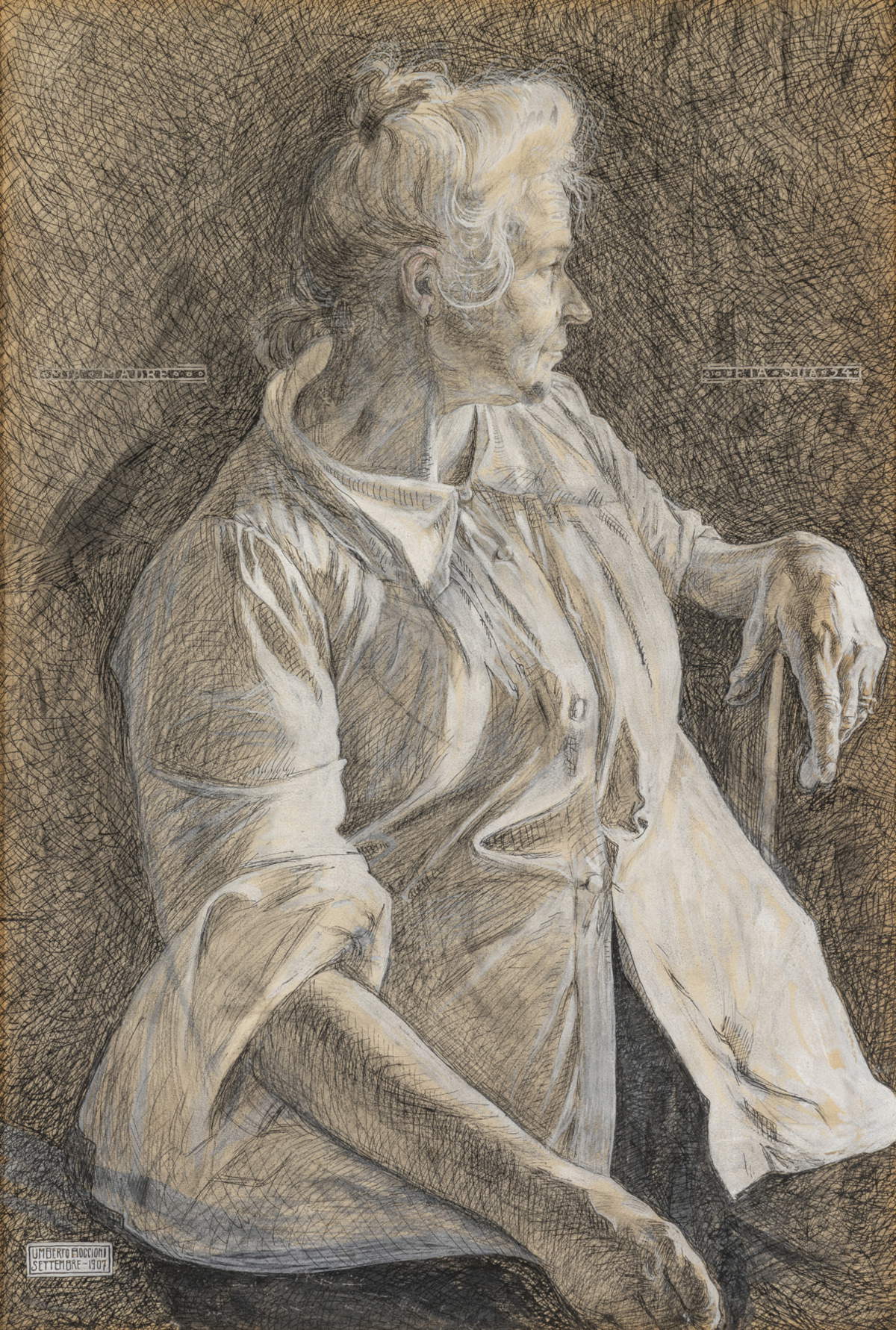
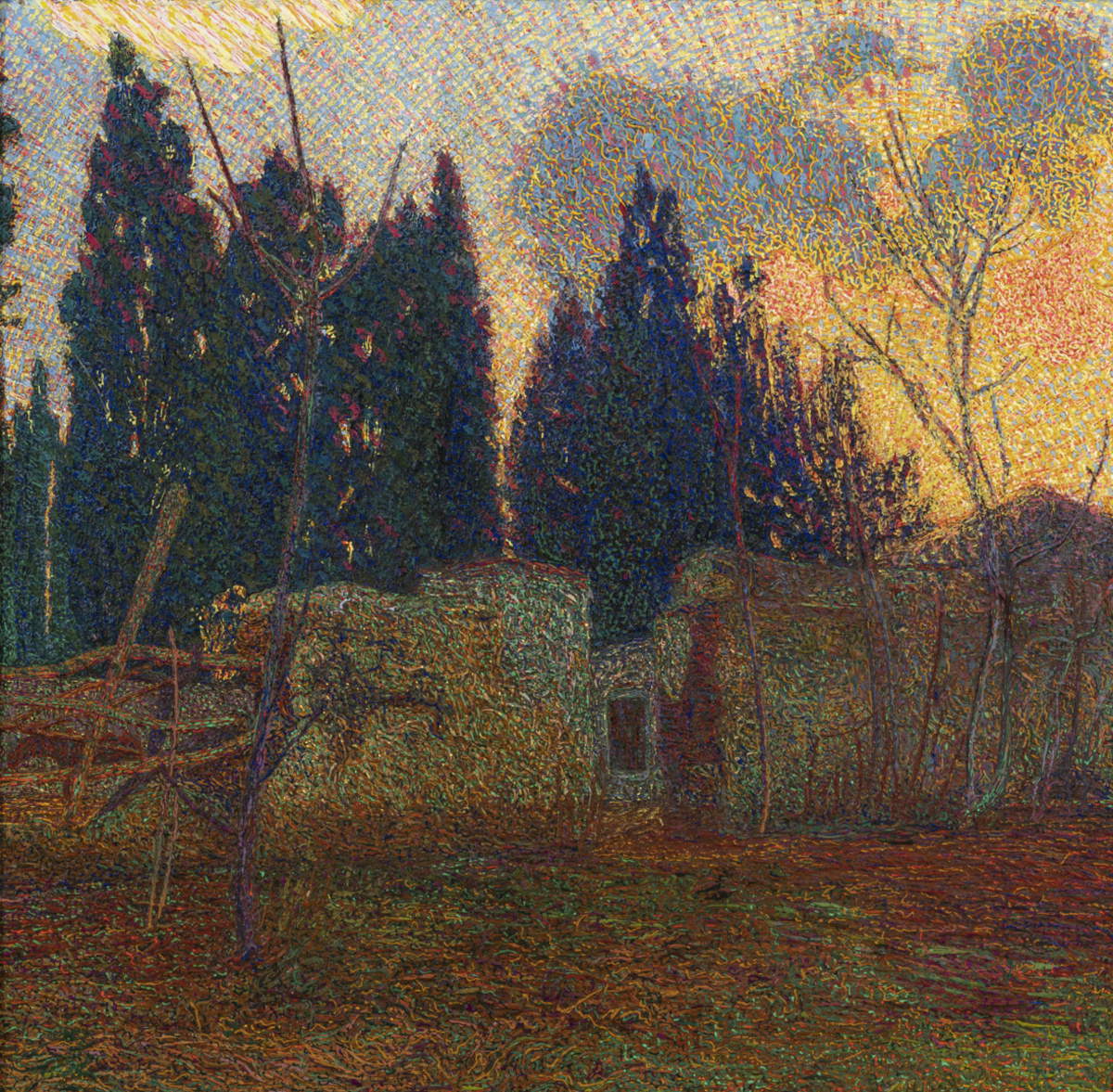
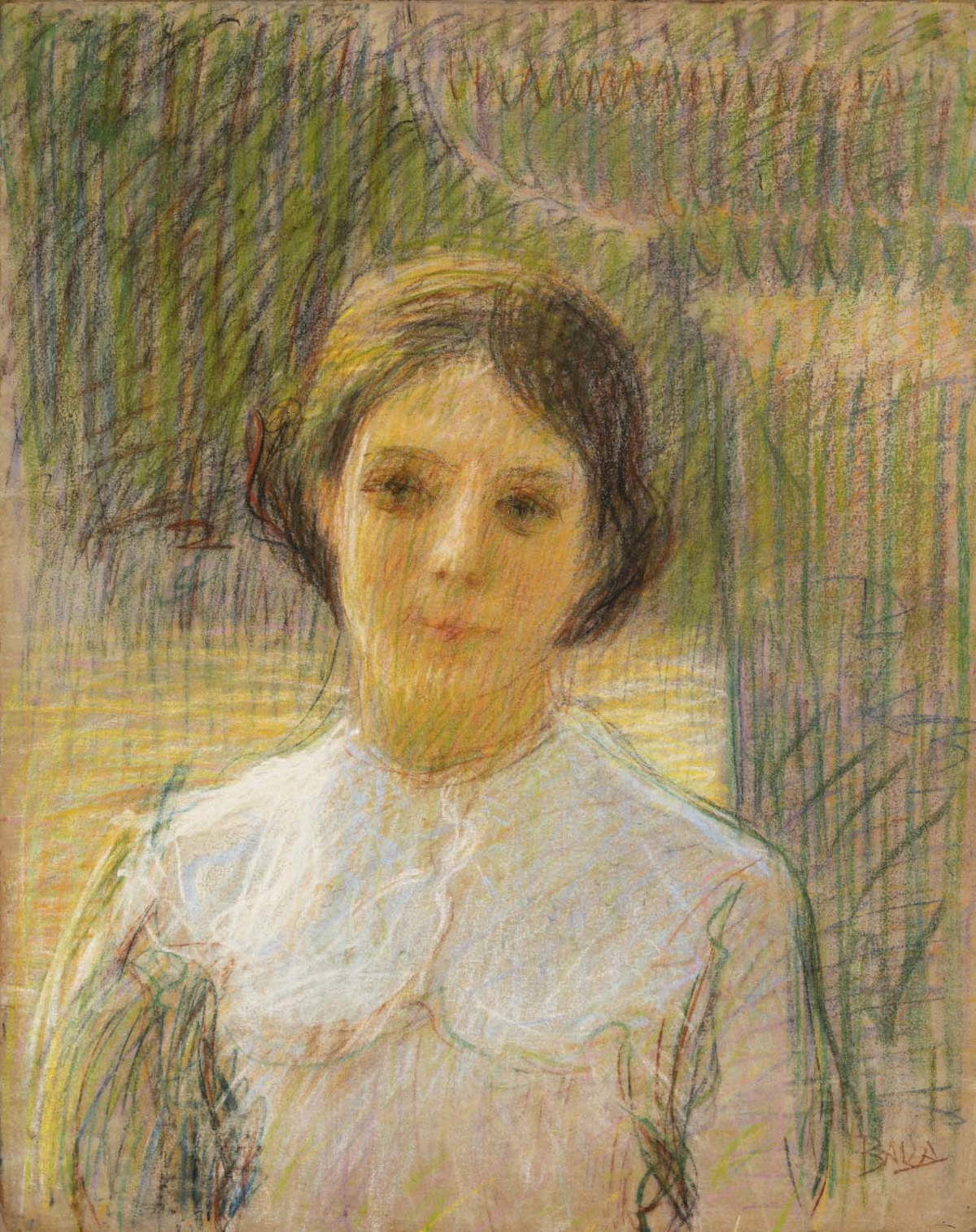
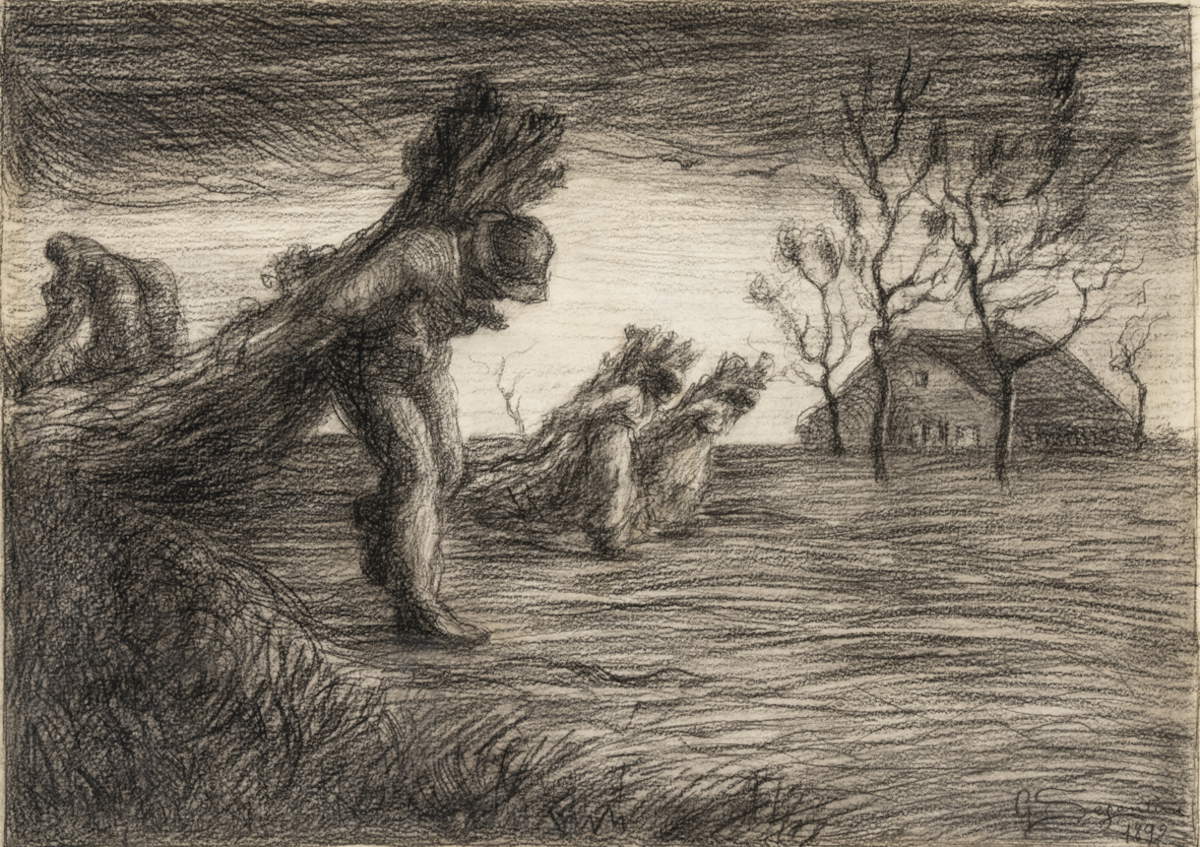
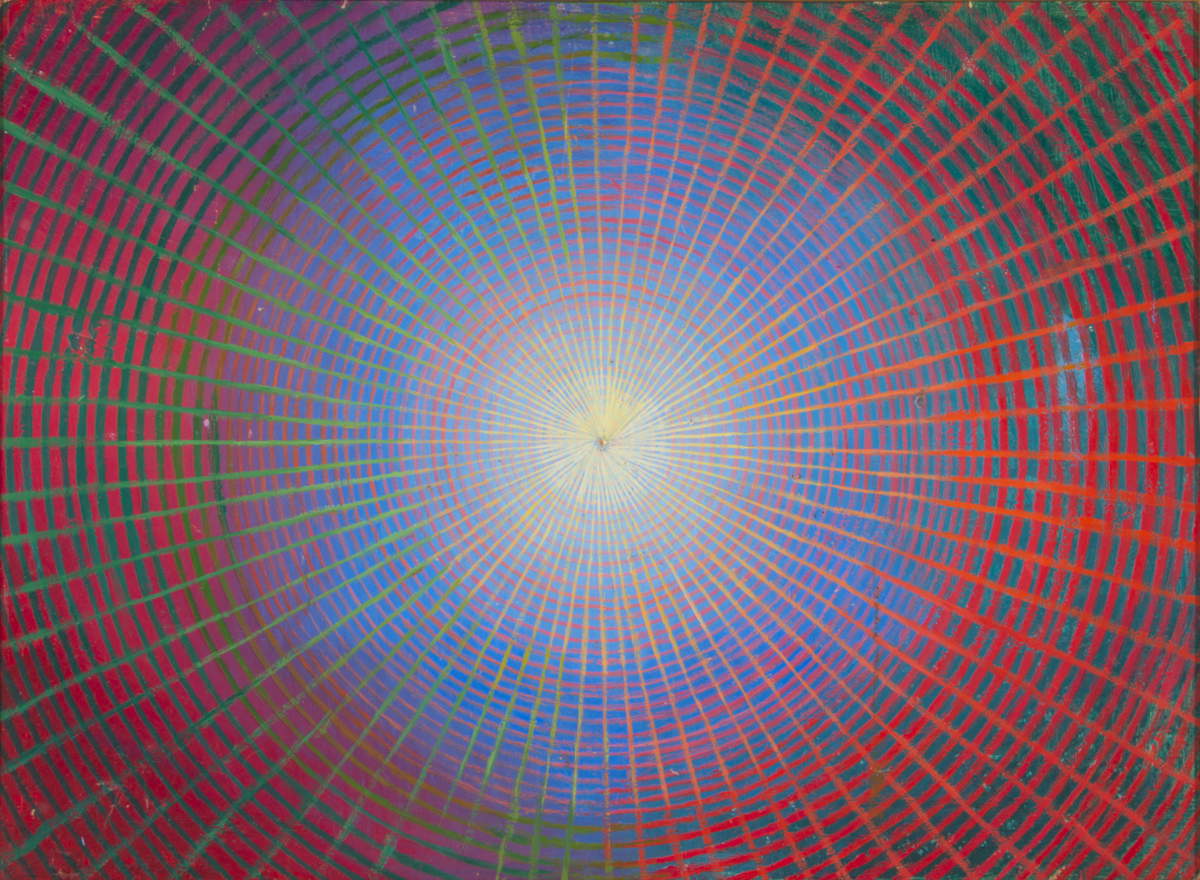
 |
| At Bottegantica Gallery the masters of Divisionism, from Previati to Pellizza da Volpedo |
Warning: the translation into English of the original Italian article was created using automatic tools. We undertake to review all articles, but we do not guarantee the total absence of inaccuracies in the translation due to the program. You can find the original by clicking on the ITA button. If you find any mistake,please contact us.